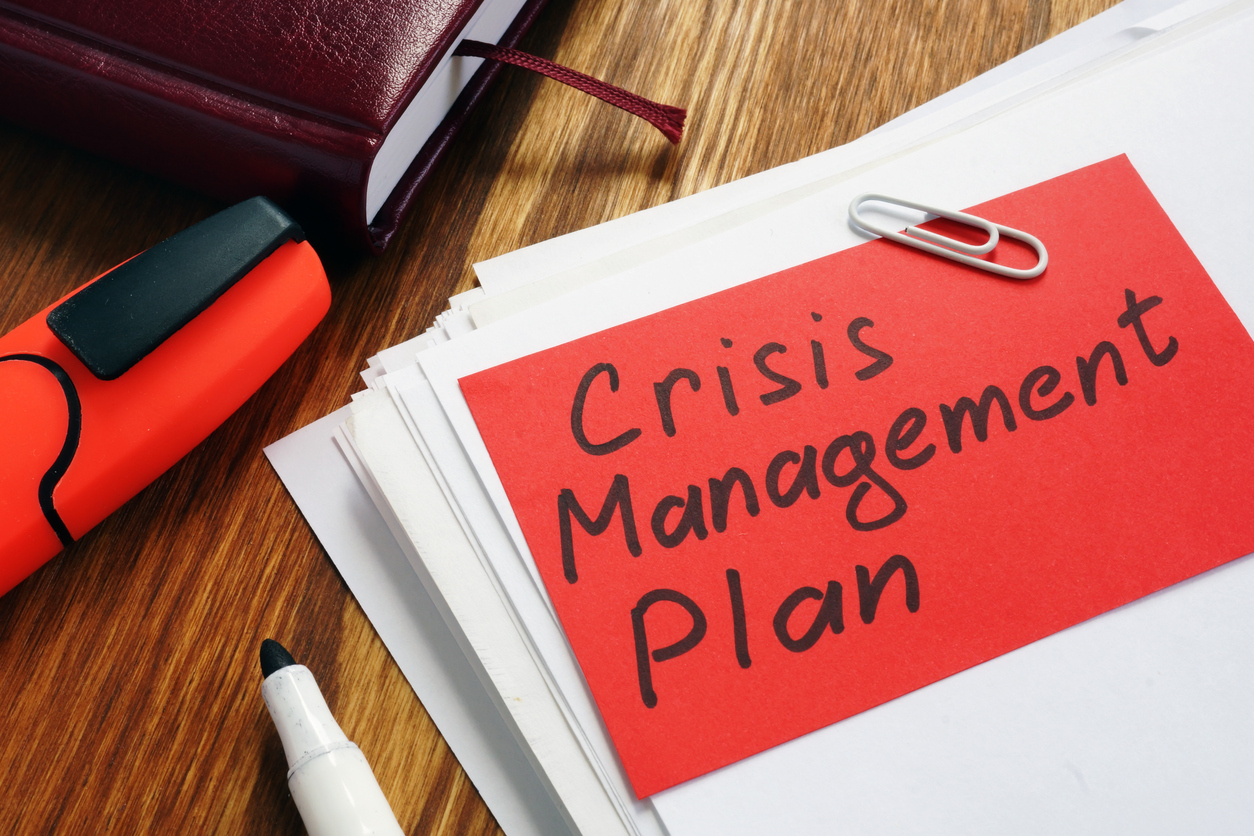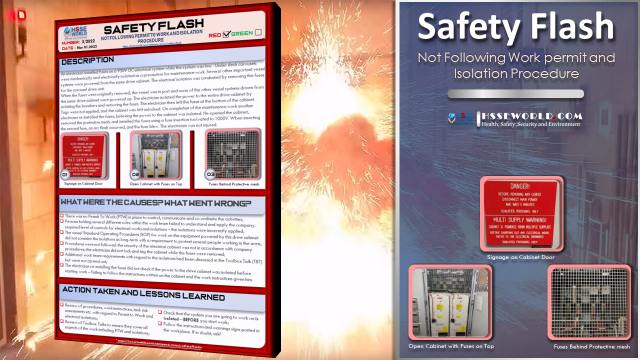The Key Elements of a Crisis Management Plan
Every organization should have a crisis management program. Having a clear idea of how your organization will prepare before a crisis, respond immediately to a crisis, and repair public relations and regain the confidence of stakeholders after a crisis is an important way of ensuring its longevity and continued profitability.
The Key Elements of a Crisis Management Plan
The details of a good crisis management plan will vary across industries and should be customized to each organization, but I’ve found that any effective plan has a few key elements:
- Planning scenarios. Brainstorming likely crisis scenarios will help you prepare for whatever may come.
- Flexible responses. Having a set of responses that can be tailored to almost any situation your company is facing will help you respond quickly and appropriately when a crisis strikes.
- Activation guidelines. Work out exactly what constitutes a crisis. Figure out when and how the crisis plan should be implemented, and who will make the decision to go into crisis response mode or simply wait the issue out.
- Crisis response teams and designated chain of command. Clearly articulate what responsibilities each team member has in the event of a crisis. There should be no question as to who is in charge of what, who will speak to the media, and who can take time away from their regular work to focus on the situation at hand.
- Pre-approved communication strategy and messaging. This should not only name who will act as spokespeople for the organization, but also what communication platforms they will use and what key messages they should convey.
- Regular simulation exercises. A plan is only helpful if it can be carried out. Regular (but unplanned) testing should be carried out to measure response times and assess whether the strategy can be executed effectively.
- Post-crisis review. No matter how prepared you are, things rarely go entirely according to plan. It’s important for organizational leaders to reconvene after a crisis and conduct a thorough analysis of what went well and what needs improvement. Be sure to incorporate any findings into a revised crisis management plan.
Drafting a Crisis Management Plan Summary
After reviewing those key points, you may be thinking, “That sounds like a long document. How will we ever find what we need during a crisis or simulation?” This is where having a plan summary comes in handy.
Your summary should include:
- Crisis brief. The crisis brief is a short, one, or two-page document that summarizes the main points of your crisis management plan. It should provide a brief overview of the plan that can be read and understood quickly in the event of a crisis.
- Index cards. Having index cards that detail committee roles and their levels of responsibility can be helpful. Each committee will have their actions clearly outlined for them, which mitigates further confusion during an already hectic time.
- Prepared messaging. If you took the time to brainstorm potential crisis situations, your messaging can be prepared ahead of time. Having some go-to messages (or “holding statements”) will allow you to quickly release an initial statement following the crisis, which is a PR must. Updates should be provided early and often. Some examples:
- We have implemented our crisis response plan, which places the highest priority on the health and safety of our guests and staff.
- Our thoughts are with those who were affected by this event.
- We will provide additional information as it becomes available and it will be posted on our website.
Choosing a Crisis Facilitator
I can’t stress enough the importance of having a crisis management facilitator who is not the CEO or Senior Vice President of the company. As Lululemon’s own PR issues have shown, sometimes these individuals can harm their organization’s image and reputation rather than improve it.
But even if corporate leaders put a good face on the company, someone else should still take over the role. A good facilitator should know the crisis management plan backward and forwards and be able to take the lead, delegate actions, and ensure the plan is followed. The company CEO simply has too many other things on their mind and should focus their energies elsewhere.
Dealing with the Media During a Crisis
The media presents a unique challenge, and your public response can make or break your company’s public image. Here are some dos and don’ts for dealing with the media during a crisis.
Do…
- Ensure that your company’s spokespersons are media trained. Speaking to the media can be bewildering and nerve-wracking. Anyone who will be acting as a spokesperson for your company should go through full medical training to make sure they are well prepared.
- Offer holding statements until you have verified facts and can confidently share more details.
- Own the crisis. If you don’t, the media will hold you to it—and it may not be pretty.
- Set up a media center, perhaps on your website. Have a page that reporters can visit to get the latest information, press releases, and company statements.
Don’t…
- Attack the media. This sets a negative tone and creates animosity. The media can hurt you more than you can hurt them.
- Decline to answer questions, declare “no comment,” or speculate about unverified information. This can severely damage the company’s reputation and the credibility of the spokesperson.
- Forget social media. Make sure you have a social media strategy and use it. Ignoring this communication platform is not an option.
- Make the media your primary source of communication. Journalists have a story to tell, and it might not be the one you want. Take responsibility for ensuring the right information gets to the right people.
Steps to Take After a Crisis
So you’ve made it through the crisis. What happens now?
Most crisis management professionals would agree: the post-crisis period is no less important than crisis management itself. Reflect on what just took place to determine what went well and what didn’t, then revise your crisis protocols and strategies and update your plan accordingly.
Don’t sell yourself short. If your company is making changes as a result of the crisis, announce them. Actions speak louder than words; let your stakeholders know that you’re walking the walk and not just talking the talk.
Be Prepared
Developing a solid crisis management plan is just one step in the crisis management process. Equally important to the successful execution of the plan is ensuring you have a competent and knowledgeable facilitator, maintaining regular communication with those who are responsible for carrying out elements of the plan and revising the plan regularly in response to company or industry changes. Follow these guidelines and you should find yourself well prepared to pull through any crisis that comes your way.





















